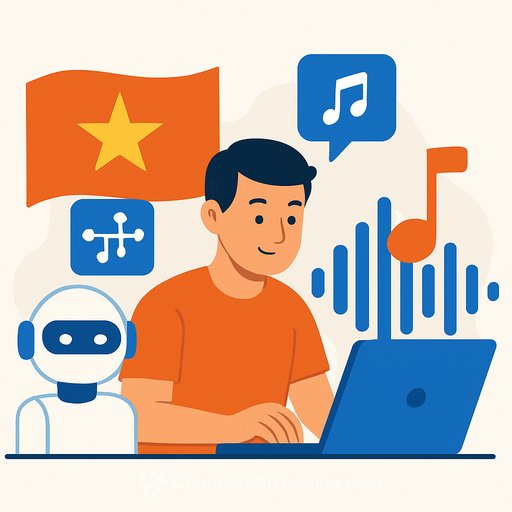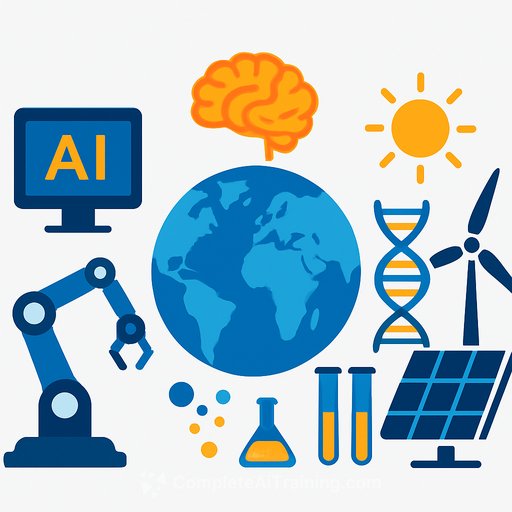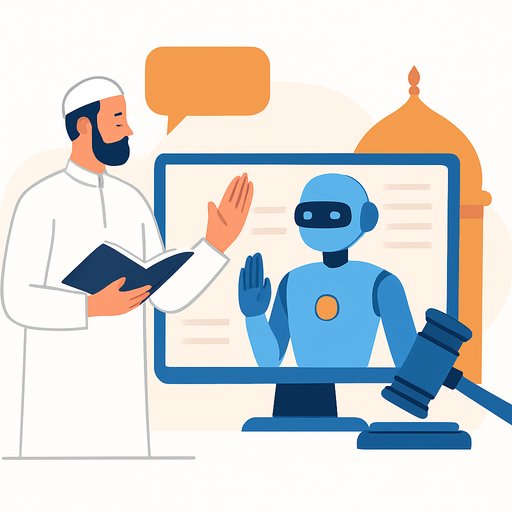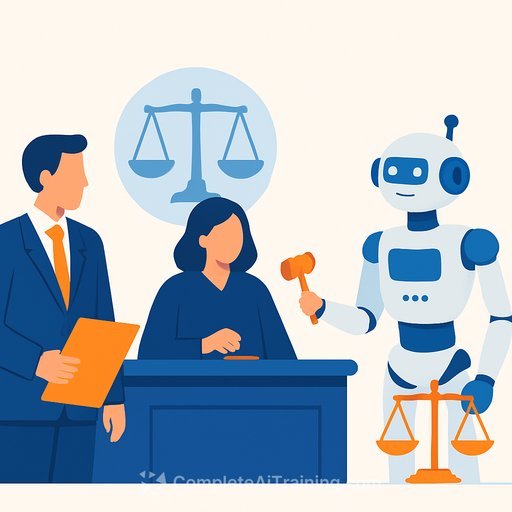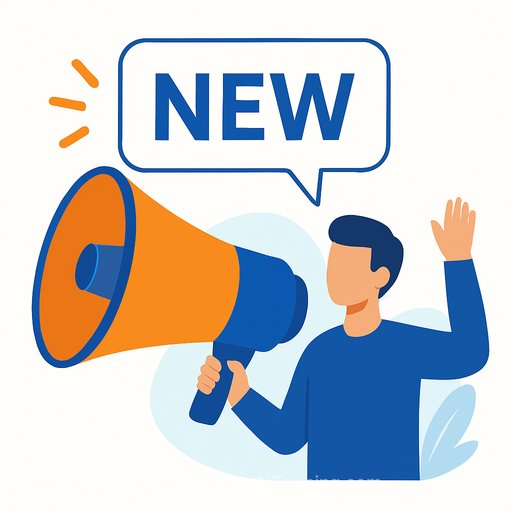The IP puzzle of AI-generated songs and the future of music law in Vietnam
AI-generated songs are everywhere in Vietnam. TikTok tracks like "Say mot doi vi em" spread fast, pull big numbers, and raise hard questions that legal teams can't ignore.
Who is the author? Is the music protected? Who pays if something goes wrong? Below is a practical read on where the law sits today and how to operate with confidence.
AI music in Vietnam: what is protected right now
Human authorship is still the gatekeeper
Vietnam's 2022 amendments to the Intellectual Property Law confirm a simple rule: copyright protects human creativity. If a person meaningfully shapes the output-prompting with intent, selecting takes, arranging, or editing-those human contributions can qualify.
If a track is generated entirely by a model with minimal human input, it likely falls outside copyright. That distinction matters for enforcement, licensing, and monetization.
If there's no copyright, can it still be "owned"?
Yes, under the Civil Code 2015. Article 105 treats assets as objects, money, valuable papers, and property rights. An AI-made track that lacks copyright can still be an "object" (a file/recording) or a property right if it can be possessed, used, transferred, or monetized-assuming its creation and use are lawful.
Ownership of the file is not the same as copyright. But it does give the holder control to use and dispose of the asset within legal and contractual limits.
No copyright does not equal free for all
Platform terms can restrict commercial use, require attribution, or impose fees. If you ignore those, you're breaching contract, even if no copyright subsists.
Other rules still apply: unfair competition, impersonation, and violations of personal rights (voice, name, image). A "copyright-free" label does not neutralize these risks.
Voice cloning: where risk shows up first
Vietnam protects performers' rights in live and recorded performances. More broadly, the Civil Code increasingly treats voice as a personal identifier tied to moral and personal rights.
Copying or imitating a distinctive voice can trigger claims over integrity, authenticity, and misattribution. Best practice: get written consent, label "AI voice," and avoid implying endorsement or participation by the artist.
Similarity to existing works: the substantial similarity test
Infringement turns on access and substantial similarity. If your output contains a melody, hook, or lyric segment close enough to a prior protected work, you have exposure-training on large datasets is not a shield.
Coincidence, shared style, or short fragments may be defenses, but they're fact-specific. High-stakes releases should involve expert musicological review.
Who is on the hook?
Users who prompt, select, edit, publish, or monetize AI tracks are directly responsible for what they release. Platforms can face exposure if they provide infringing tools or fail to address complaints.
Labels, distributors, ad partners, and investors benefit under contract-and inherit risk. Expect compensation claims, takedown requests, and, in some cases, recall obligations.
Practical playbook for counsel and publishers
- Document human input: prompts, selection decisions, arrangement notes, and edits. Keep version histories and timestamps.
- Run similarity checks: analyze melodies and lyrics; get expert opinions for borderline cases before distribution.
- Govern voice use: obtain written consent for clones; label "AI voice"; avoid suggesting artist involvement without a contract.
- Provenance matters: use models and datasets with clear origins; license samples, loops, and plugins; store proof of licenses.
- Contract for risk: spell out authorship, ownership, revenue splits, warranties, and indemnities across all collaborators and publishers.
- Respect platform terms: confirm usage rights, commercial limits, and any labeling obligations tied to the model or service.
- Set up ops: a takedown intake process, escalation paths, and response SLAs. Track and act fast to reduce damages.
- Distribute with controls: content ID fingerprints, geo-blocks if needed, and audit trails for who approved what and when.
Legal outlook in Vietnam
A draft Law on Artificial Intelligence is slated to take effect on January 1, 2026. The IP Law is also under review, with debate centering on authorship, ownership, and liability for AI-assisted works.
For now, the system does not recognize AI as an author. Works created solely by AI remain outside copyright protection unless you can show identifiable human contribution.
For reference on Vietnam's IP framework, see the country profile on WIPO Lex.
Key IP takeaways
- Authorship and protection: copyright requires meaningful human creativity; purely machine-made tracks sit outside the core regime.
- Voice cloning and similarity: consent for voices; screen rigorously for substantial similarity; training data is not a free pass.
- Liability allocation: users, platforms, and publishers all carry exposure-contracts and enforcement processes are your safety net.
The safe move is proactive. Treat AI as a tool that demands documentation, rights clearance, and tight contracts, and you'll keep creative options open while containing risk.
Your membership also unlocks:

